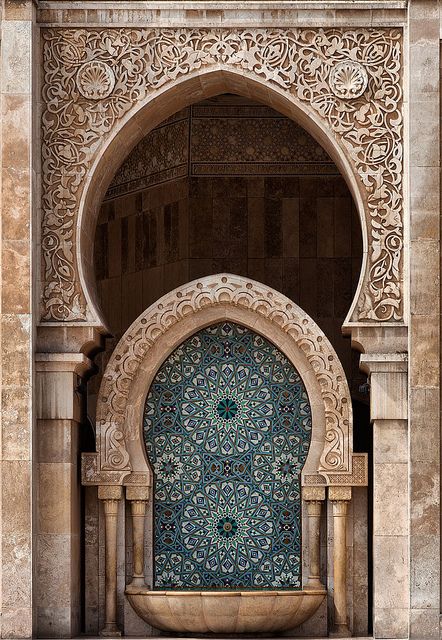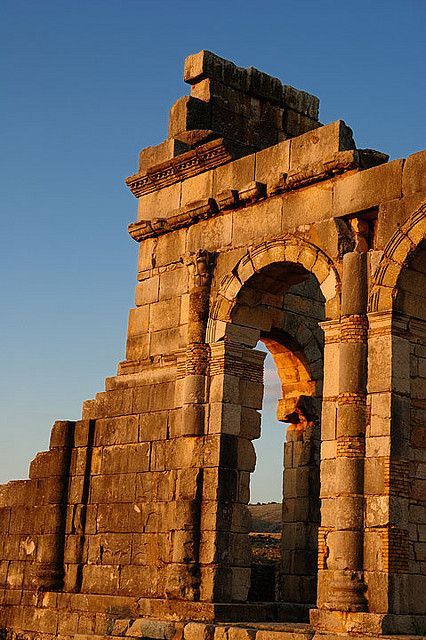Explore the Imperial Cities of Morocco
Exploring the Imperial Cities of Morocco: A Journey Through History and Culture
explore Imperial Cities of Morocco
Morocco, a land of diverse landscapes and rich cultural heritage, featuring several cities with a storied past. Among these cities, the imperial cities stand out for their historical significance, architectural majesty, and cultural depth. four imperial cities of Morocco —Fez, Marrakech, Meknes, and Rabat—each tell a unique story of the country’s royal history and Islamic heritage.
In this article, we will explore these imperial cities of morocco, delving into their historical importance, discussing their historical significance, iconic attractions, and the charm that makes them irresistible tourist destinations. contact us
Fez: The Intellectual and Spiritual Heart of Morocco
Fez, the oldest imperial cities of Morocco and the oldest capital in Morocco, was founded in the 8th century, and is often considered the spiritual and intellectual center of Morocco where it gave birth to a group of scientists and philosophers. Its labyrinth city, Fes El Bali, is a UNESCO World Heritage Site and one of the largest car-free urban areas in the world due to the narrowness of the alley in the old city. The city’s rich history and vibrant culture are evident in every corner of the city, from its bustling souks to its historic schools.

Key Attractions in Fez
Al-Qarawiyyin University: Founded in 859 AD, it is characterized as the world’s oldest existing degree-granting university. It has been a center of learning and culture for over a millennium, attracting scholars from across the Islamic world.
Bou Inania Madrasa: This 14th-century madrasa is a prime example of Marinid architecture. Its intricate tilework, carved plaster, and stunning woodwork make it one of Fez’s most beautiful buildings.
Bou Inania Madrasa — One of the finest examples of Marinid architecture, this 14th-century madrasa One of Fez’s most beautiful buildings, with exquisite tilework, carved plaster and splendid woodwork.
Chouara Tannery: One of the oldest tanneries in the world, the Chouara Tannery offers a fascinating glimpse into traditional leather-making processes. Visitors can watch workers dyeing leather in large stone vats, using methods that have remained unchanged for centuries.
Dar Batha Museum: Housed in a former palace, the Dar Batha Museum showcases a collection of traditional Moroccan arts and crafts, including ceramics, textiles, and woodwork.
Fez is also renowned for its vibrant festivals, such as the Fes Festival of World Sacred Music, which attracts performers and audiences from around the globe.
Marrakech: The Red City
Marrakech, known as the “Red City” for its rose-hued buildings and walls, is a city of contrasts, where ancient traditions coexist with modern luxury. Founded in the 11th century by the Almoravid dynasty, Marrakech has long been a hub of trade, culture, and politics.
Key Attractions in Marrakech
Jemaa el-Fnaa: The heart of Marrakech, Jemaa el-Fnaa is a bustling square that comes alive at night with storytellers, musicians, and food vendors. It is an essential part of the city’s social and cultural life.
Koutoubia Mosque: Dominating the skyline of Marrakech, the Koutoubia Mosque is an iconic symbol of the city. Its 77-meter minaret is a masterpiece of Almohad architecture and serves as a landmark visible from much of the city.
Bahia Palace: This 19th-century palace offers a glimpse into the opulence of Moroccan architecture and design. Its lush gardens, intricate mosaics, and elaborately decorated rooms reflect the grandeur of the era.
Saadian Tombs: Rediscovered in 1917, the Saadian Tombs are the final resting place of members of the Saadian dynasty. The site is renowned for its beautiful tilework and elaborate mausoleums.
Majorelle Garden: Created by French painter Jacques Majorelle and later restored by fashion designer Yves Saint Laurent, the Majorelle Garden is a serene oasis of exotic plants, vibrant blue buildings, and tranquil water features.

Marrakech is also famous for its luxury riads, traditional Moroccan houses with interior gardens, which offer visitors an authentic and intimate lodging experience.
Meknes: The Versailles of Morocco
Meknes, often overshadowed by its more famous neighbors, holds its own with a rich history and impressive architecture. Founded in the 11th century and made the capital by Sultan Moulay Ismail in the 17th century, Meknes is often referred to as the “Versailles of Morocco” due to its grandiose palaces and extensive fortifications.

Key Attractions in Meknes
Bab Mansour: One of the most beautiful gates in Morocco, Bab Mansour is an architectural masterpiece adorned with zellij tilework and carved inscriptions. It stands as a testament to the city’s former glory.
Heri es-Souani: These massive granaries and stables, built by Moulay Ismail, showcase the ingenuity of Moroccan engineering. The complex was designed to store grain and house thousands of horses, ensuring the sultan’s army was well-supplied.
Mausoleum of Moulay Ismail: The resting place of Sultan Moulay Ismail, this mausoleum is a place of reverence and architectural beauty, with intricate stucco work, mosaics, and a serene courtyard.
Dar Jamai Museum: Located in a 19th-century palace, this museum offers a fascinating collection of Moroccan arts and crafts, including textiles, ceramics, and jewelry.
Royal Palace of Meknes: Although not open to the public, the Royal Palace of Meknes is an impressive sight, with its vast walls and grand entrance gates.
Meknes offers a quieter, more relaxed atmosphere compared to Fez and Marrakech, making it an ideal destination for those looking to explore Morocco’s imperial history without the crowds.
Rabat: The Political and Administrative Capital
Rabat, the current capital of Morocco, combines modernity with historical charm. Founded in the 12th century by the Almohad dynasty, Rabat has grown into a vibrant city that houses the country’s political and administrative institutions. It is also a UNESCO World Heritage site, recognized for its well-preserved historical monuments and colonial architecture.
Key Attractions in Rabat
Hassan Tower: An unfinished minaret of an ambitious mosque project started by Sultan Yacoub al-Mansour in the 12th century, Hassan Tower stands as a symbol of Rabat’s historical significance. The nearby ruins of the mosque and the Mausoleum of Mohammed V add to the site’s historical allure.
Kasbah of the Udayas: This 12th-century fortress offers stunning views of the Atlantic Ocean and the Bou Regreg River. Its narrow streets, lined with white and blue houses, create a picturesque setting that is perfect for a leisurely stroll.
Royal Palace of Rabat: The official residence of the King of Morocco, the Royal Palace is an architectural gem surrounded by beautifully landscaped gardens. While visitors cannot enter the palace, they can admire its grandeur from the outside.
Chellah Necropolis: Located on the outskirts of Rabat, Chellah is an ancient Roman and medieval necropolis that offers a fascinating glimpse into the city’s past. The site is home to Roman ruins, Islamic burial grounds, and a peaceful garden.
Rabat Archaeological Museum: This museum houses an impressive collection of artifacts from Morocco’s ancient history, including Roman, Phoenician, and Islamic antiquities.

Rabat’s modern side is equally appealing, with its wide boulevards, contemporary art galleries, and vibrant cultural scene. The city offers a perfect blend of historical and modern attractions, making it a dynamic destination.
Conclusion: The Timeless Allure of Morocco's Imperial Cities
The imperial cities of Morocco—Fez, Marrakech, Meknes, and Rabat—each offer a unique window into the country’s rich history and cultural heritage. From the intellectual and spiritual atmosphere of Fez to the bustling markets of Marrakech, the grand palaces of Meknes, and the modern elegance of Rabat, these cities provide an unparalleled journey through time.
Visitors to these imperial cities can expect to be enchanted by their architectural marvels, vibrant markets, and the warm hospitality of the Moroccan people. Whether exploring ancient medinas, admiring intricate mosaics, or simply savoring the flavors of Moroccan cuisine, travelers will find themselves immersed in a world where history and culture are ever-present.
In summary, the imperial cities of Morocco are not just destinations; they are experiences that offer a deep connection to the country’s past and present. Their timeless allure continues to draw visitors from around the world, ensuring that the legacy of Morocco’s imperial grandeur endures.

